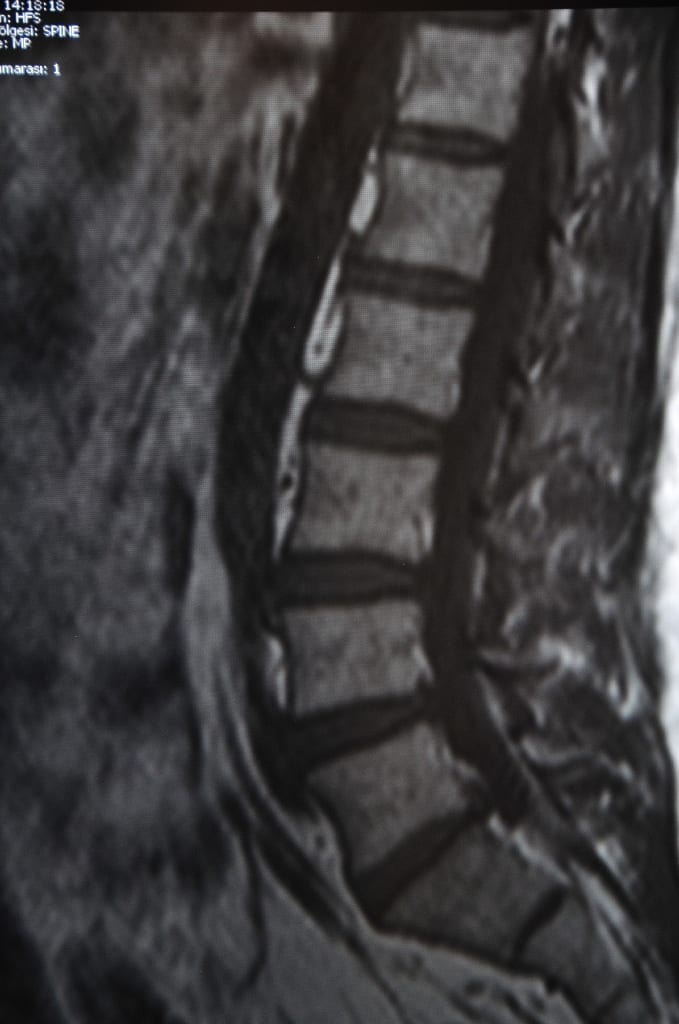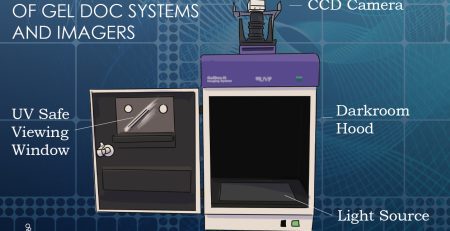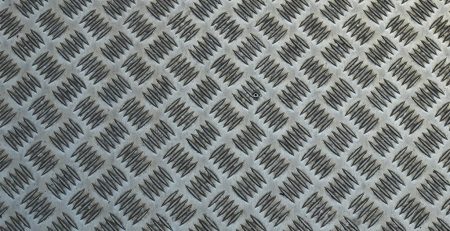Researchers Develop Flexible Spinal Implant
Swiss researchers have developed a thin, flexible spinal implant that can be applied directly to the surface of the spinal cord to administer electrical and chemical stimulation that mimicks the spine’s movement while avoiding the friction commonly caused by more rigid implants.
Dubbed e-Dura, as in “electronic dura mater” (the protective skin of the central nervous system), the the team of researchers have restored movement in previously paralyzed animals. While rigid, so-called “surface implants” cannot be applied long term to the spinal cords or brain because the repeated friction caused by the device and nerve tissue rubbing against eachother causes inflammation, e-Dura’s flexible design not only proved biocompatible, but allowed the rats it was tested on the ability to walk on their own after just a few weeks of training.
“Our e-Dura implant can remain for a long period of time on the spinal cord or the cortex, precisely because it has the same mechanical properties as the dura mater itself. This opens up new therapeutic possibilities for patients suffering from neurological trauma or disorder, particularly individuals who have become paralyzed following spinal cord injury,” paper co-author Stephanie Lacour explained.
It will still be quite some time before e-Dura implants head to human trials, however scientists believe this technology has the potential to treat other medical issues, such as epilepsy, Parkinson’s disease, and to treat chronic pain.














